Bonsai, the ancient Japanese art of cultivating miniature trees in containers, is an elegant fusion of horticulture and aesthetics. While pruning and styling receive much of the spotlight in bonsai care, repotting is equally essential for maintaining a healthy, thriving tree. One of the most common questions bonsai enthusiasts ask is: how many times a year should you repot a bonsai?
The answer depends on the type of bonsai, its age, species, growth rate, and overall health. Repotting ensures your bonsai remains healthy by preventing root-bound conditions, replenishing nutrients, and allowing for continuous, controlled growth.
This comprehensive article will explore in detail how often you should repot bonsai trees, the factors influencing repotting schedules, signs a bonsai needs repotting, and the best techniques and times of year to perform this vital task.
Why Is Repotting Important for Bonsai Trees?
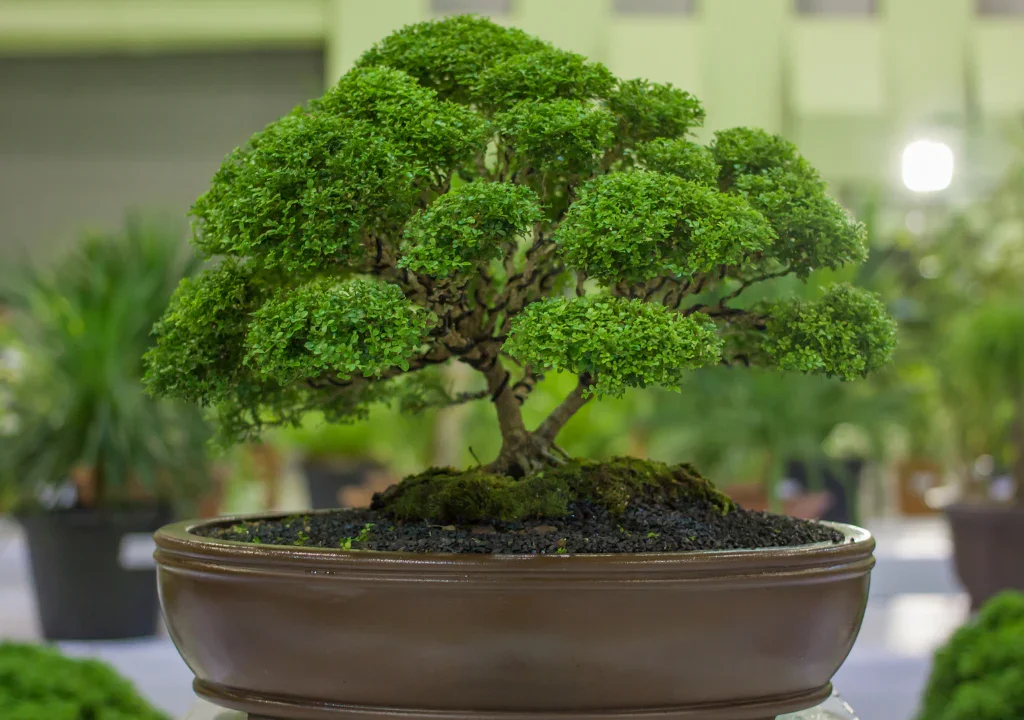
Unlike plants grown in the ground, bonsai trees are confined to shallow containers that limit root growth and soil nutrients. Over time:
- The roots become compacted and tangled (root-bound).
- Soil quality deteriorates and loses its ability to retain moisture and nutrients.
- Reduced space stunts healthy growth and weakens the tree.
Repotting rejuvenates the tree by:
- Pruning the roots to encourage finer root growth.
- Replacing depleted soil with fresh, nutrient-rich substrate.
- Preventing health problems like root rot, soil compaction, and stunted growth.
How Many Times a Year Should You Repot a Bonsai?
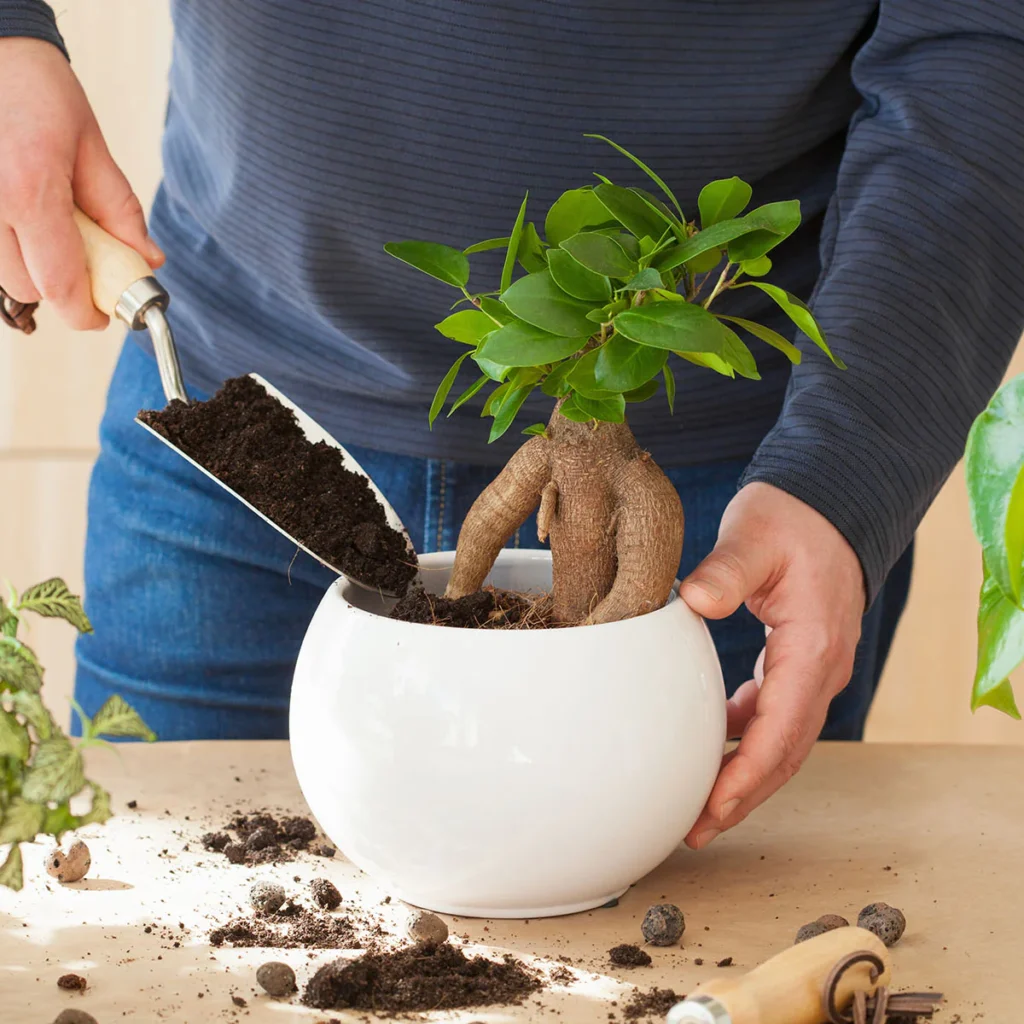
In general, most bonsai trees should be repotted once every 1–5 years, depending on their species, age, pot size, and growth rate.
Typical Repotting Frequency:
- Young, fast-growing bonsai (1–5 years old): Every 1–2 years.
- Mature, established bonsai (5–10 years old): Every 2–3 years.
- Older, slow-growing bonsai (10+ years old): Every 3–5 years.
Important note:
You should only repot a bonsai when it needs it — unnecessary repotting can stress the tree and disrupt its growth rhythm. The best approach is to monitor your bonsai’s condition and repot based on visual and physical signs.
Factors That Influence Repotting Frequency
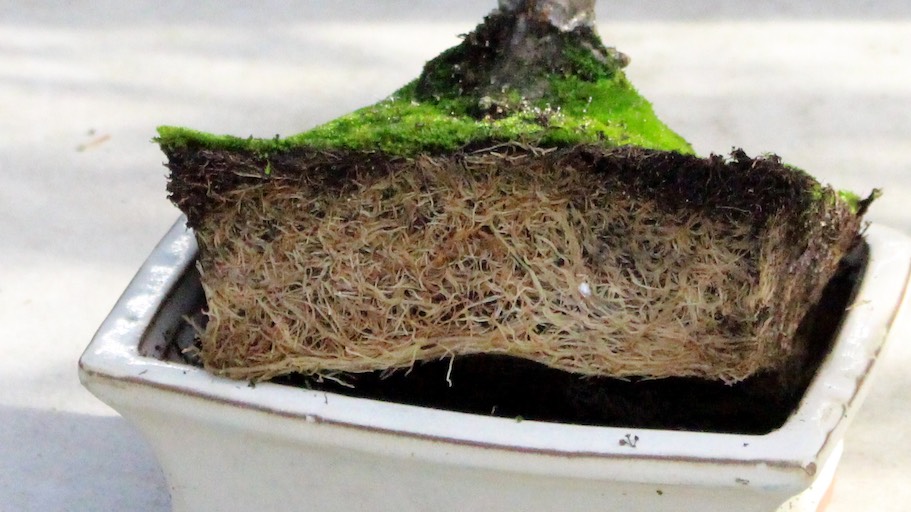
Several factors affect how often a bonsai needs repotting:
1. Tree Species
Different species grow at different rates.
- Fast-growing species: Ficus, Chinese Elm, Trident Maple need more frequent repotting.
- Slow-growing species: Juniper, Pine, Azalea require less frequent repotting.
2. Tree Age
Younger bonsai trees have a faster root growth rate and need more frequent repotting. Older, more established trees grow slower and can stay in the same pot for longer.
3. Pot Size
Bonsai grown in smaller, shallower pots need repotting sooner because their root systems fill the limited space quickly.
4. Soil Condition
If the soil becomes compacted, waterlogged, or loses its draining ability, it should be replaced through repotting.
5. Health and Growth Rate
A vigorous, fast-growing bonsai will outgrow its container sooner than a dormant or slow-growing one.
Signs Your Bonsai Needs Repotting
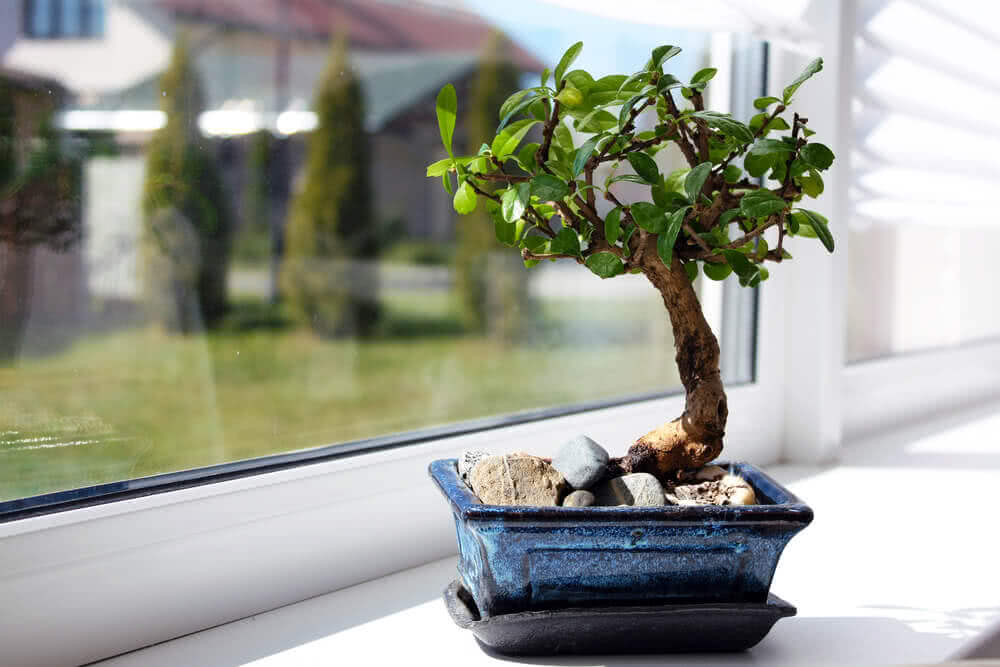
You don’t have to guess when to repot — bonsai trees show clear signs when it’s time:
- Roots circling around the base or protruding through drainage holes.
- Water takes too long to drain or pools on the surface.
- Soil appears compacted and hardened.
- Leaves appear smaller, discolored, or weak despite proper care.
- Root rot symptoms such as foul odor or mushy roots.
- Poor overall tree health and reduced vigor.
If your bonsai exhibits these signs, it’s time to consider repotting, regardless of the calendar year.
When Is the Best Time of Year to Repot a Bonsai?
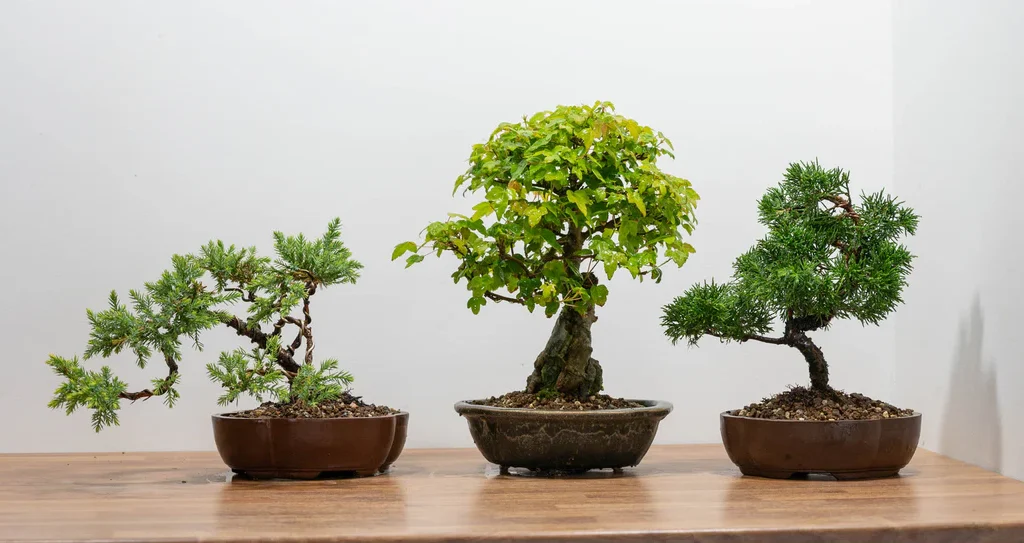
Repotting should be done during the plant’s dormant or early growing season, when it experiences minimal stress and can quickly recover.
Ideal Repotting Times:
- Deciduous trees (Maples, Elms): Late winter to early spring, before new buds appear.
- Evergreens (Junipers, Pines): Early spring or late summer.
- Tropical bonsai (Ficus, Schefflera): Late spring to early summer, during active growth.
Avoid repotting during:
- Extreme heat of mid-summer.
- Active flowering or fruiting stages.
- Late autumn or winter (except for dormant species).
How to Repot a Bonsai: Step-by-Step Guide
Materials You’ll Need:
- Bonsai shears or sharp scissors.
- Root rake or chopstick.
- Fresh bonsai soil mix.
- New or cleaned bonsai pot (if needed).
- Mesh for drainage holes.
Repotting Steps:
- Carefully remove the bonsai from its pot.
- Use a root rake or chopstick to gently loosen the root ball and remove old soil.
- Trim long, thick, or dead roots, leaving a balanced, compact root system.
- Clean the pot and place mesh over drainage holes.
- Add a thin layer of fresh soil at the bottom.
- Position the tree, spread roots evenly, and fill in with soil, ensuring no air pockets.
- Gently water the tree thoroughly.
- Place the repotted bonsai in a shaded, wind-protected area for recovery for a few weeks.
Can You Repot a Bonsai More Than Once a Year?
It’s generally not recommended to repot a bonsai more than once a year. Repotting is a stressful process, and most bonsai trees need time to recover and re-establish their root systems.
Exceptions:
- Emergency situations like severe root rot, pest infestation, or soil contamination.
- Very young, fast-growing saplings in training, which might tolerate twice-yearly repotting for aggressive shaping.
Even in such cases, repotting frequency should be minimized, and proper aftercare provided.
Aftercare Tips for a Recently Repotted Bonsai
Proper aftercare is crucial to help your bonsai recover and thrive after repotting.
Key Aftercare Practices:
- Keep the bonsai in a shaded, protected area for 2–4 weeks.
- Avoid fertilizing immediately — wait 4–6 weeks before resuming feeding.
- Water thoroughly but allow soil to slightly dry between watering.
- Monitor for signs of transplant shock like leaf drop or discoloration.
- Avoid heavy pruning or wiring during recovery.
Common Mistakes to Avoid
To protect your bonsai, steer clear of these common repotting mistakes:
- Repotting too frequently without necessity.
- Using the wrong soil mix with poor drainage.
- Damaging too many roots during trimming.
- Repotting during the wrong season or during extreme weather.
- Overwatering after repotting, leading to root rot.
Conclusion
In conclusion, how many times a year you should repot a bonsai depends on its species, age, growth rate, and container size. While young, fast-growing bonsai may need repotting every 1–2 years, mature trees typically require it every 3–5 years. The key is to observe your bonsai’s condition — look for signs like crowded roots, compacted soil, and weakened growth.
Repotting is vital for bonsai health, but it should be performed carefully, at the right time of year, and only when necessary. With proper timing and technique, your bonsai will continue to flourish gracefully for years to come, embodying the timeless art of miniature tree cultivation.
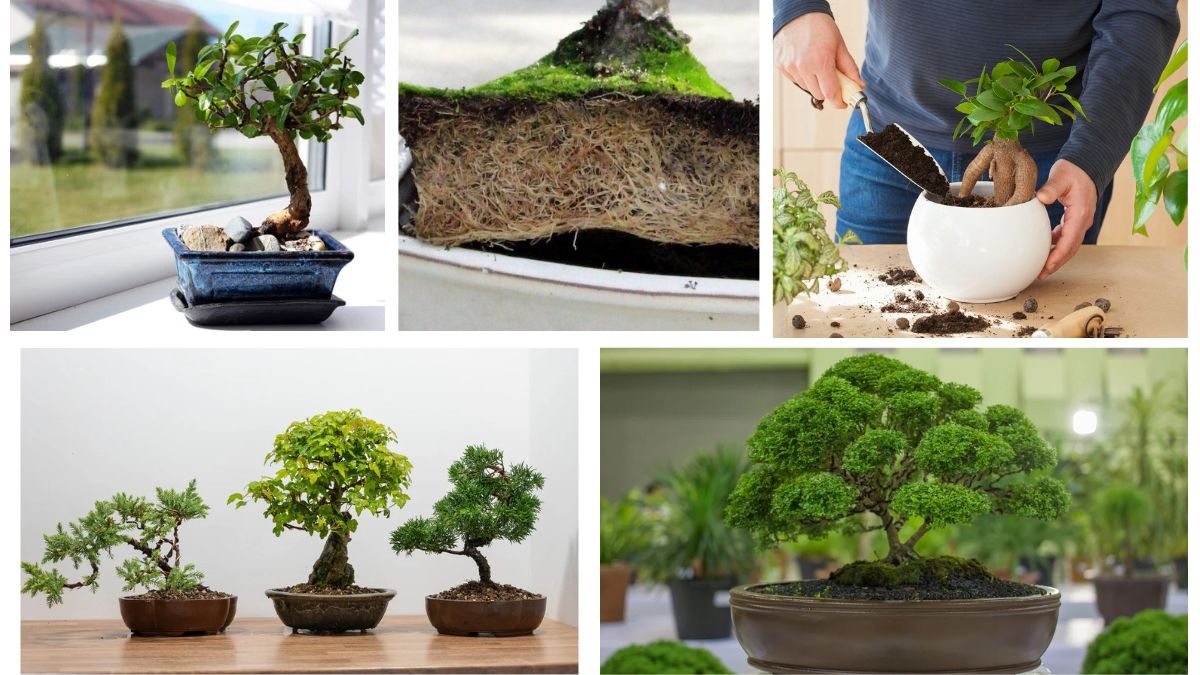



Leave A Comment